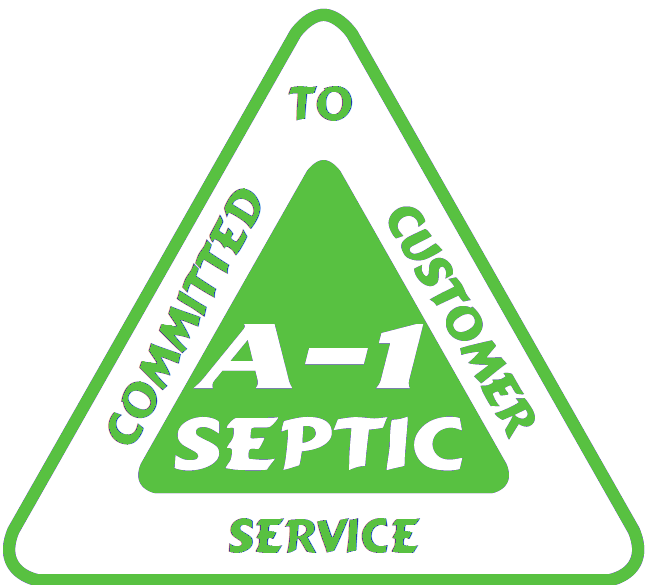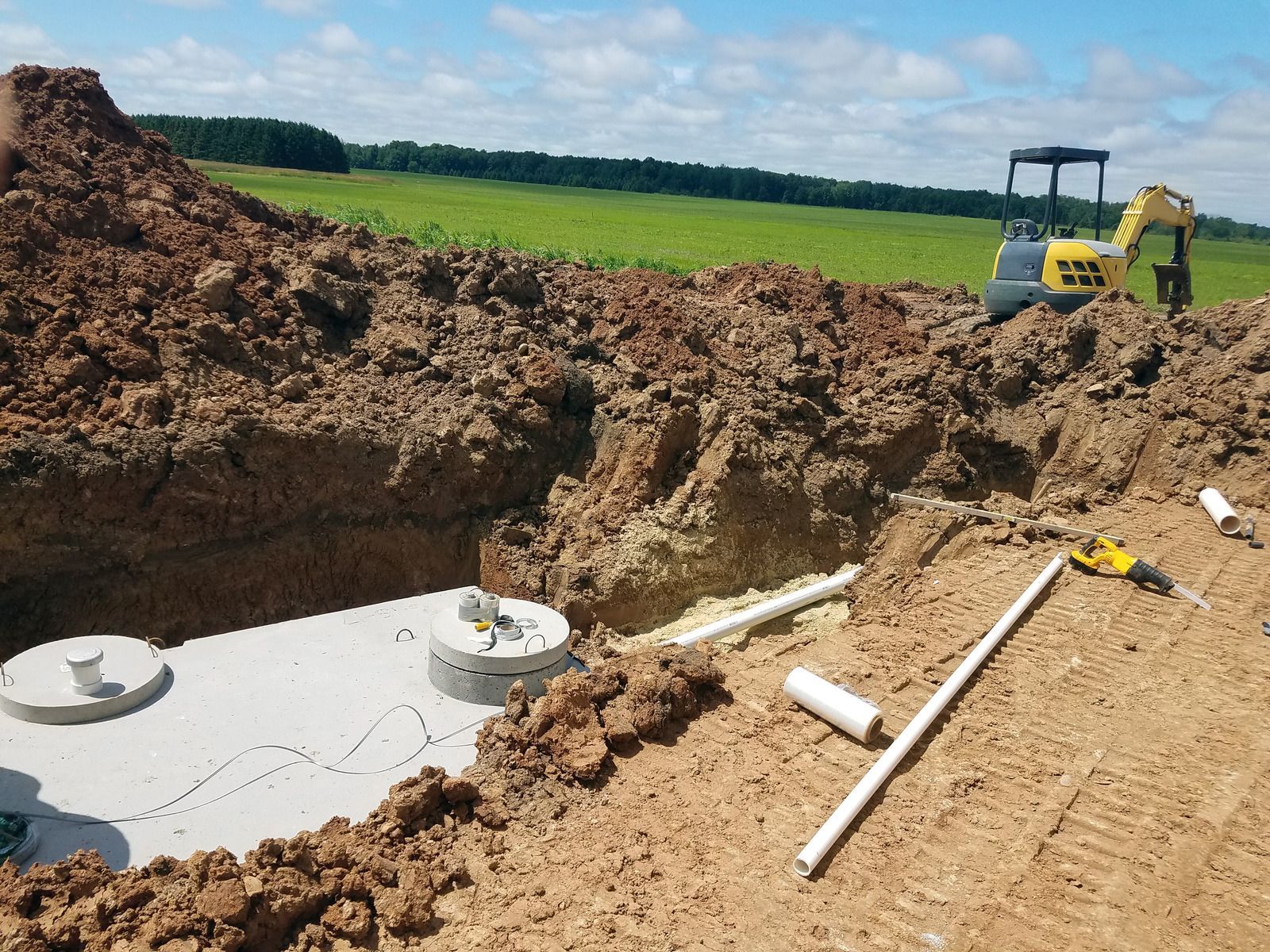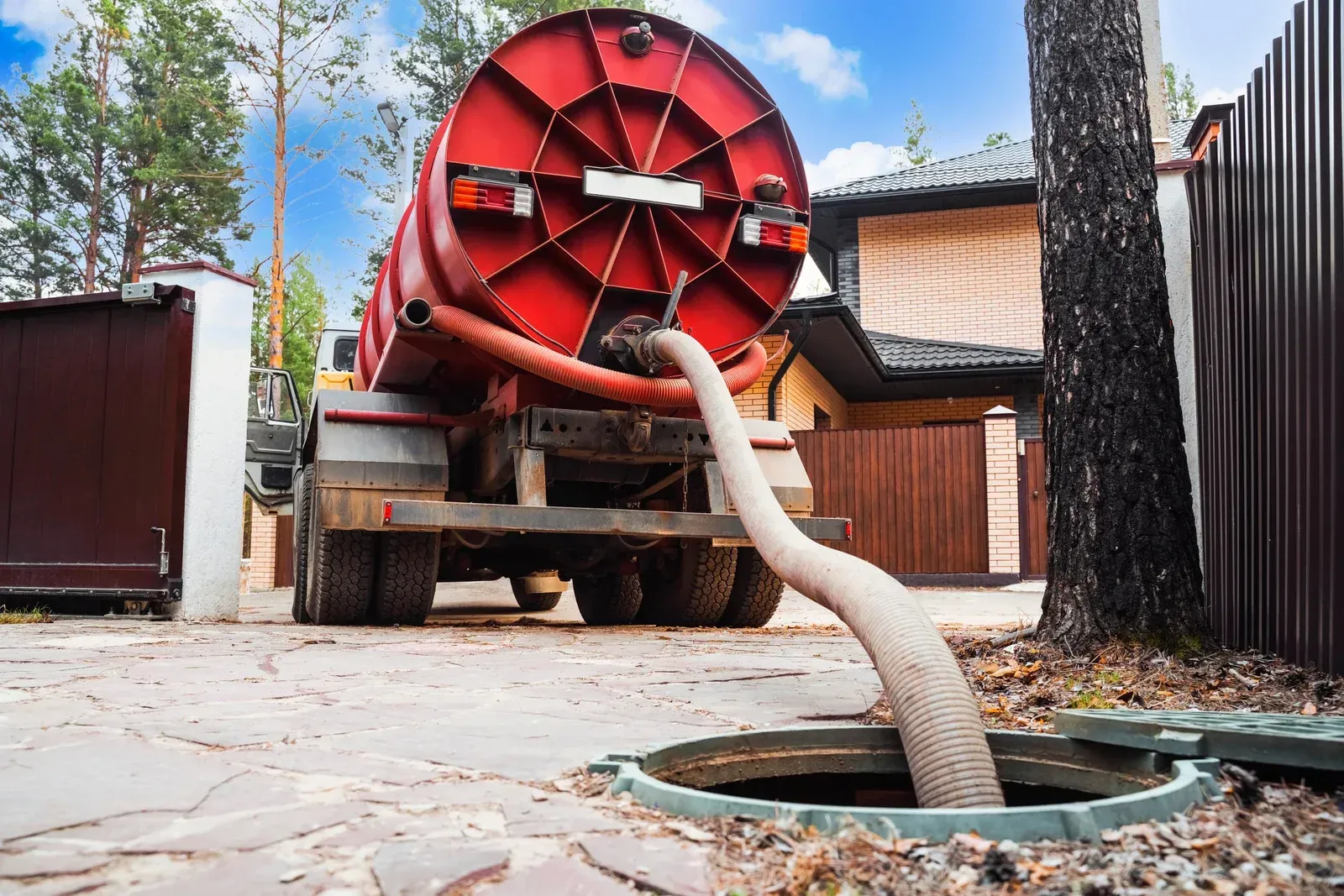Best Kitchen Practices To Improve Grease Trap Performance
Grease traps are essential for any commercial kitchen as they help prevent fats, oils, and greases (FOGs) from entering the sewer system. They work by intercepting and holding FOGs, allowing them to cool and solidify before separating them from the wastewater. However, grease traps require regular maintenance and proper kitchen practices to ensure their optimal performance. This article will discuss the top kitchen practices that can improve grease trap performance.
Proper FOGs Disposal
One of the essential practices to improve grease trap performance is to properly dispose of FOGs. Avoid pouring oils, fats, and greases down the drain, as they can solidify and clog the grease trap. Instead, scrape food scraps and excess grease into the trash or a separate container before washing dishes or cleaning equipment. Also, consider using a solidifier to harden liquid FOGs before disposal, making them easier to handle and reducing their volume.
Regular Cleaning and Maintenance
Another vital practice to improve grease trap performance is regular cleaning and maintenance. Schedule regular cleaning and maintenance of your grease trap to prevent clogs and ensure optimal performance. Hire a professional and reliable grease trap cleaning service to pump out the accumulated FOGs and clean the trap thoroughly. In addition, inspect the grease trap regularly for signs of wear and damage and repair or replace any damaged components immediately.
Proper Grease Trap Sizing
Proper sizing of the grease trap is critical for optimal performance. A small grease trap will fill up quickly, causing it to clog and overflow, while a large one may not hold enough FOGs to function properly. Therefore, it's essential to choose the right size of the grease trap based on the size of your kitchen and the amount of wastewater generated. Consult a professional plumber or grease trap manufacturer to determine the size of your kitchen.
Use of Enzyme-Based Cleaners
Enzyme-based cleaners are a great way to maintain the grease trap's optimal performance. These cleaners include natural enzymes that break down the FOGs and prevent them from solidifying and clogging the trap. Use enzyme-based cleaners regularly to prevent the buildup of FOGs and ensure the proper functioning of the grease trap. However, avoid using harsh chemicals or solvents, as they can damage the grease trap and reduce its lifespan.
Employee Training
Proper employee training is essential for maintaining the grease trap's optimal performance. Educate your kitchen staff about proper FOGs disposal and cleaning practices. Train them to scrape dishes and equipment properly and avoid pouring FOGs down the drain. Also, schedule regular training sessions to keep them updated on the latest best practices and regulations related to grease trap maintenance and cleaning.
Conclusion
In conclusion, a well-maintained and properly functioning grease trap is essential for any commercial kitchen to prevent sewer backups and maintain good hygiene. By following the above top kitchen practices, you can improve the performance of your grease trap and avoid costly repairs and downtime. Remember to regularly
clean and maintain your grease trap, properly dispose of FOGs, use enzyme-based cleaners, choose the right size of the grease trap, and provide proper employee training. With these practices in place, you can ensure the smooth operation of your commercial kitchen and maintain good relations with local regulatory authorities.





